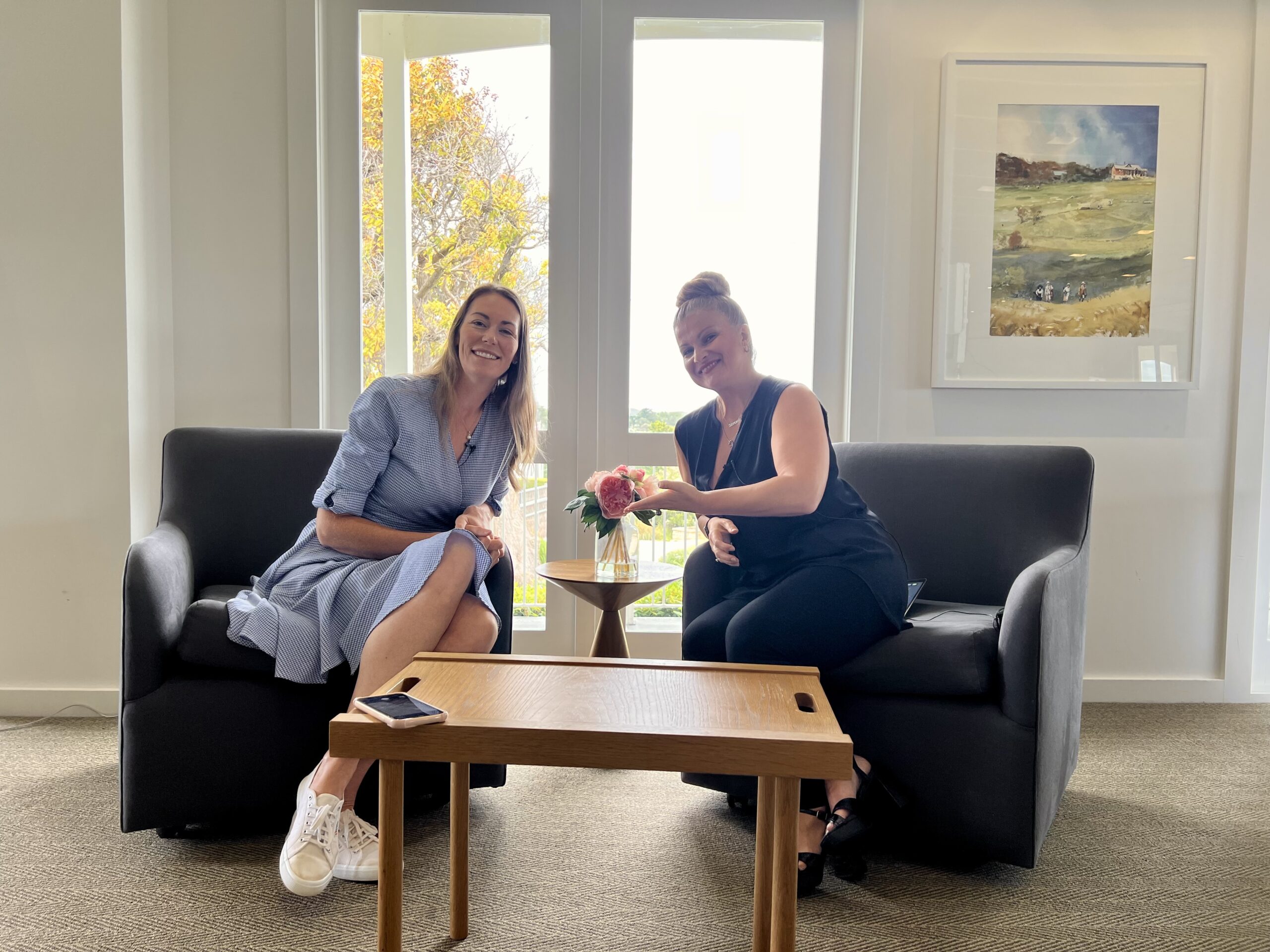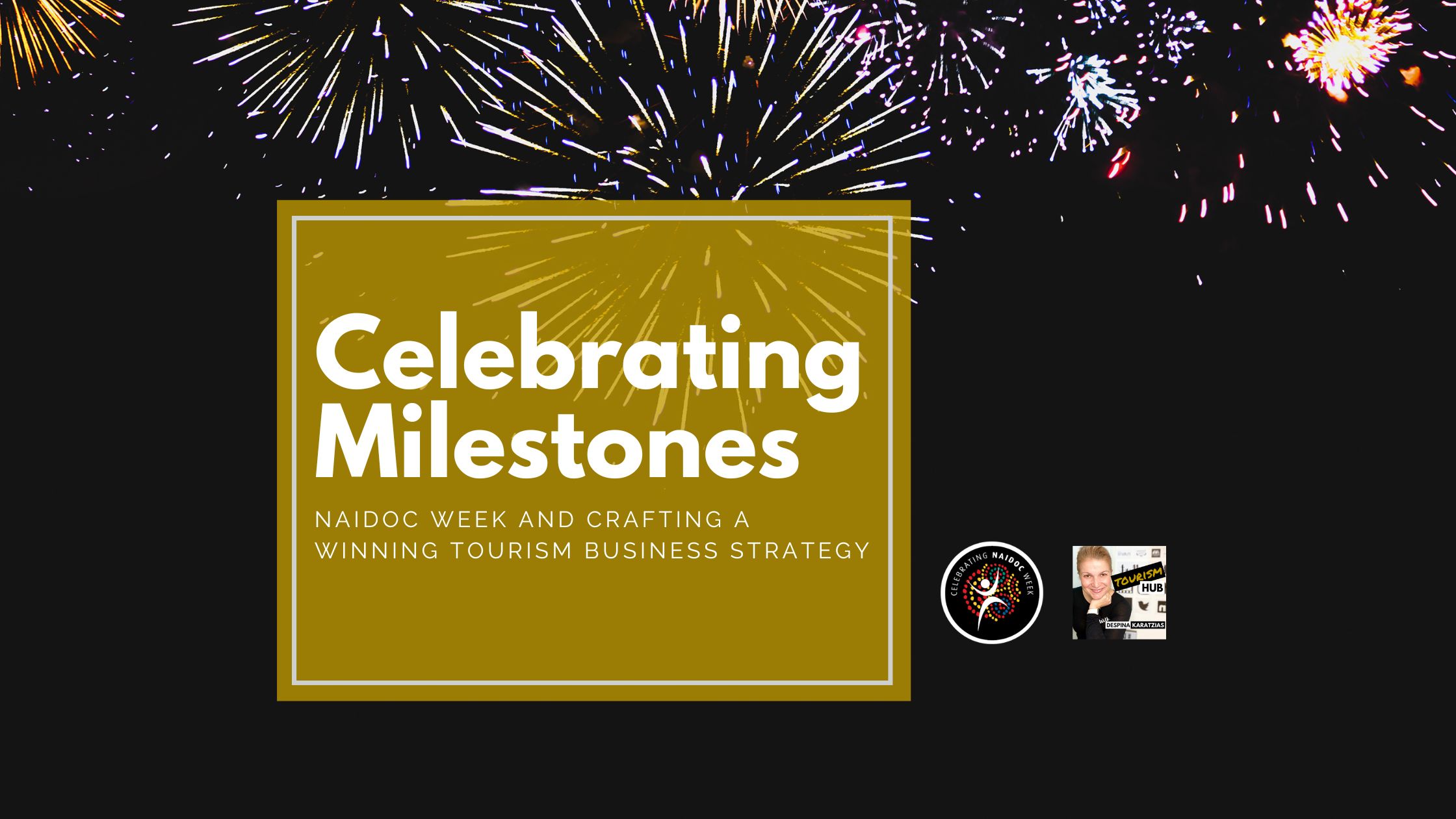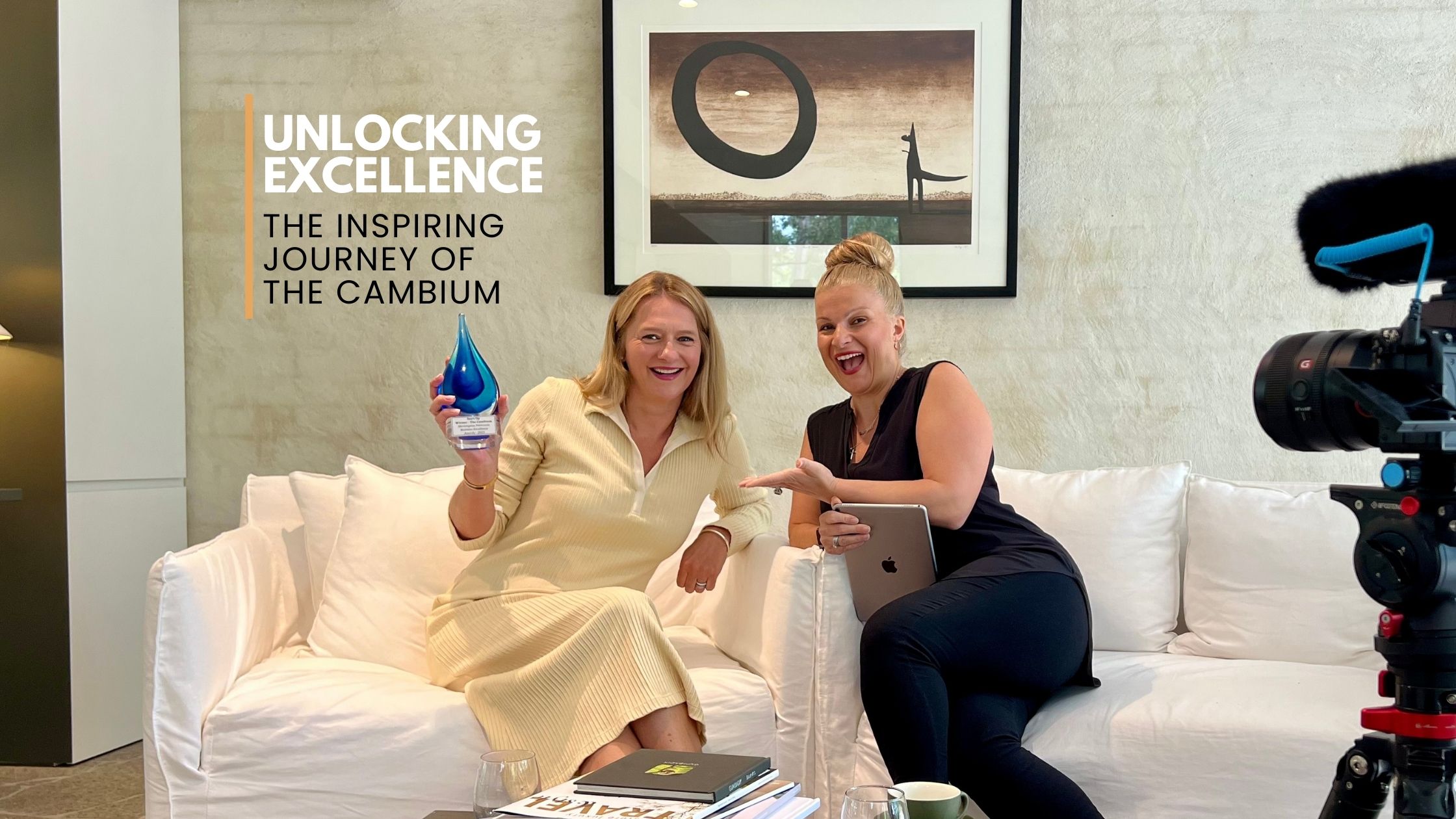Implementing effective ‘Playing to Win Strategies’ beyond the SWOT analysis has consumed me over many years of managing businesses. Talking about strategy this week has been prompted by the recent news that one of my favourite organisations to work with on many different levels, Destination Melbourne, will be winding down their operations by the end of the month.
Albeit a sad day for tourism in Melbourne, I can’t help but think if this can happen to a well-resourced organisation like Destination Melbourne, it can happen to anyone and what can we, as businesses learn from this? Furthermore, what can we DO to avoid closure from happening in our own backyard?
We don’t tend to talk to each other when we are experiencing hardship, and it has never been more critical to share our experiences to support each other to stay in business. Primarily there has never been a better time to get your own house in order with your team or hiring someone externally to assist you. This includes your emotional, marketing, system, customer and most importantly financial intelligence and paving the way to give your business the ultimate chance of success.
For those who know me, I am an avid, borderline obsessive self-help and personal development reader. Two books that have mainly impacted my approach to strategy are: Playing to Win: How Strategy Really Works by A.G Lafley and Roger ‘ Martin and Blue Ocean Strategy, W. Chan Kim and Renee A. Mauborgne
In this article, I will like to set the framework to help you step by step set your own Playing to Win Strategy not in weeks and months and years but in a few hours!
1. Schedule time and space in your diary
The very first step in doing this is to make the time to do it. Preferably away from the chaos of the office or home. Somewhere you can indulge in immersing yourself into your business with your team or on your own without any visible disruption.
Remember “If it doesn’t get scheduled, it will never get done.”
If you don’t look at your calendar and carve out the time to have a strategic planning session the year will pass very quickly, and you will have traversed the land of business without a map. Schedule the time and create the map.
2. Your pursuit of differentiation and low cost
I am all for your pursuit of excellence. When it comes to your strategic approach, however, I want you to pursue your uniqueness and what you can do with less. The blue ocean strategy represents just this, as you are encouraged to create a new, uncontested market space that makes competitors irrelevant, and that creates new consumer value often while decreasing costs.
An example of a blue ocean strategy business is Cirque De Soleil. Cirque de Soleil, formed in Canada in the early 1980s, has since gone on to entertain over 155 million people in over 300 cities. How? Cirque du Soleil reinvented the circus industry by pursuing both low cost and differentiation.
Doing away with live animal acts enabled the company to reduce its cost base, while the introduction of live music and a storyline, inspired by the world of theatre, and an emphasis on human physical skill helped Cirque du Soleil to create new elements that had never before been seen in the world of the circus.
The result? Cirque du Soleil created a new market space. Their new audience of adults and corporate clients (rather than the traditional audience of families) is also willing to pay higher prices or unparalleled entertainment experience.
Read more about the Cirque du Soleil example.
3. Play to Win
Playing to Win is a process to create a strategy for your company. By way of definition, a strategy is a set of choices that enables your organisation to win with your customers and against your competition.
When it comes to the conventional strategy-making processes, the emphasis is on planning and attempting to create a detailed articulation of the company’s future. In contrast to traditional strategic planning when you are Playing to Win, you are making choices that set the stage for effective action, not just forecasting.
There are three essential playing to win frameworks. They include:
· Strategy is about making choices. To win, a company must choose to do some things and not others.
Making choices can feel daunting, of course. We all like to keep our options open. But without making choices, we can’t win. We can’t provide enough value to customers, give
Meaning to employees or generate the ongoing profits that sustain an organisation over the long term. In the Playing to Win framework, the strategy is what uniquely positions your business in the industry to create sustainable advantage and value superior to the competitions.
· Strategy is about increasing the odds of success, but not guaranteeing it.
In strategy, there are no simple answers. We’re dealing with the future, and there is no way to eliminate uncertainties around customer response and competitor reaction, no matter how much planning and analysis we do. In the end, building a strategy isn’t about achieving perfection; it’s about shortening your odds. The goal of the Playing to Win process is to help you generate and think through strategic possibilities and increase your confidence in the choices you ultimately make.
· Strategy making combines rigour and creativity.
Crafting a strategy requires both the creativity to generate new possibilities and the rigour to test hypotheses about those possibilities.
4. The Playing to Win Process
In Playing to Win, an organisation defines its most significant strategic problem and formulates several strategic possibilities for solving that problem. It then specifies what conditions must be valid for each of the options to be a great strategy and tests to what extent those conditions exist in the real world.
Typically, an organisation begins by trying to understand what is right about the world, its industry, its customers, its competitors, and its own capabilities. The organisation conducts an in-depth and mile-wide analysis of everything that might be relevant to making strategic choices. This can be a time-consuming and expensive analysis.
In Playing to Win, you are forced to reverse the order. Firstly, articulate your core strategic choice, and only then turn to analysis and testing. Through this process, called reverse engineering, you can go far deeper on analysing that matters most.
5. Five Key Strategic Questions to ask
A strategy is the answer to five interconnected and reinforcing questions:
• What is our winning aspiration?
• Where will we play?
• How will we win?
• What capabilities must we have?
• What management systems do we need?
Let’s further explore the simplicity of the Playing to Win approach by answering for your business these key winning questions.
What Is Your Winning Aspiration?
In order to be successful and sustainable, your business must seek to win in a particular place and in a specific way, translating an abstract, happy future into a defined winning aspiration.
Most companies have aspirations about their future state, usually crafted as a mission statement or a vision. The challenge with these statements is that they are often abstract and lack context; they paint a pleasant picture of a possible future that often makes no reference to winning in some meaningful way.
Winning is the only real path to sustainability. If you don’t try to win, your chances of accidentally doing so are meagre.
Example of playing to win:
· Starts with people rather than money: What does it mean to win with your customers?
· Has a competitive dimension: Who are you winning against?
Example of playing to play:
· Doesn’t have a winning element, but focuses on directly serving a customer segment?
· Is focused on an internal metric, such as “We’ll sell 25% more than we did last year.”
Where Will You Play?
Your business can be narrow or broad in its where-to-play choices:
Customers: You can compete in different demographic segments (e.g., Fortune 100 companies, 18- to 24-year-old men, suburban families).
Channels: You can participate in B2B direct sales, online marketplaces, trade, retail, or other channels.
Product or service type: You can compete across any number of services, product lines, or categories.
Geography: You can compete locally, nationally, internationally, by region, or by country.
Stage of production: You can participate in just one phase of production or be vertically integrated.
Choosing where to play is also, of course, about choosing where NOT to play. You may find it appealing to try to serve as many customers as possible, to sell to everyone. But these strategies often don’t work, because in attempting to appeal to everyone, they don’t end up meeting anyone’s needs well. Choose the customers who most matter to you and seek to surprise and delight them. And find essential segments of customers with similar requirements that you can meet compellingly.
How Will You Win?
If where to play is about determining the playing field, how to win is about defining how you will earn on that field.
When it comes to how to win, you must figure out what will enable you to create value distinct from your competition. Choosing how to win is about finding and building on sources of competitive advantage and differentiation. Ultimately to know how you will win is knowing there are only two kinds of competitive advantage: to operate with sustainably lower costs or to differentiate by offering a significantly better product or service.
The critical difference in a low cost or differentiation strategy is that in a low-cost approach, as the name suggests, profit is driven by a lower-cost structure than that of competitors. In a differentiation strategy, the gain is driven by a price premium, earned because the company’s products or services are perceived to be more valuable to customers than competitive offerings even though the company produces them at a comparable cost.
When choosing to differentiate yourself, you are wanting to deepen your understanding of your customers, to build your brand with your customer experience top of mind, to delight current customers, and to attract new ones.
What Capabilities Must You Have?
We all do many things in our business. But listing a subset of activities makes the difference between winning and losing. These strategic capabilities are the map of events that, when performed at the highest level, enable your organisation to bring its where-to-play and how-to-win choices to life.
Capabilities are not necessarily the activities at which you are currently really, really good. They are the activities at which you would need to excel in playing where you want to play and in how you want to win.
Significant and sustainable competitive advantage is unlikely to arise from any one capability (e.g., having an outstanding sales force or the best technology), but rather from a holistic well-fit and reinforcing a set of skills.
What Management Systems Do You Need?
The last of the five essential questions is about management systems that build, support and measure your strategy. It is at this question that businesses often neglect, but it is crucial. Without supporting structures, the plan will simply be a wish list that may or may not amount to anything.
Systems include everything to rules, norms, processes, and measures that tell you how well the strategy is working. They include budgeting processes, strategy reviews, and performance metrics. Some specific examples include online booking systems, customer relationship management (CRM) systems, innovation reviews, performance and incentive management processes, and customer referral systems.
Principals to remember
You’re now ready to lead your team and your business through the Playing to Win process. As you prepare, here are a few things to keep in mind:
• Be decisive. A strategy is about making choices. To win, you must choose to do some things and not others. Throughout the process, it’s essential to make clear choices. Articulate what you will do and will not do.
• Keep people and ideas separate. To create a successful, actionable strategy, all of your participants need to be engaged. As you work through thoughts and eliminate some, make sure people feel respected.
• Don’t worry about moving backwards. Exploration and iteration are natural and helpful parts of the process. Prepare to revisit your work and choices as you go.
• Keep moving. Make it quick. In other words, don’t take forever or aim for perfection. Try to stick to a schedule rather than spending too long on any one step.
• Have fun. Strategy making doesn’t have to be dull and ponderous. Remember that it is about possibilities and shortening your odds, not about perfection!
The above steps can be applied to any sized business or career development plan.
I hope you find these principles as useful as I have and if you need help in any way to facilitate the discussion of your own Playing to Win strategy please never hesitate to contact us.









